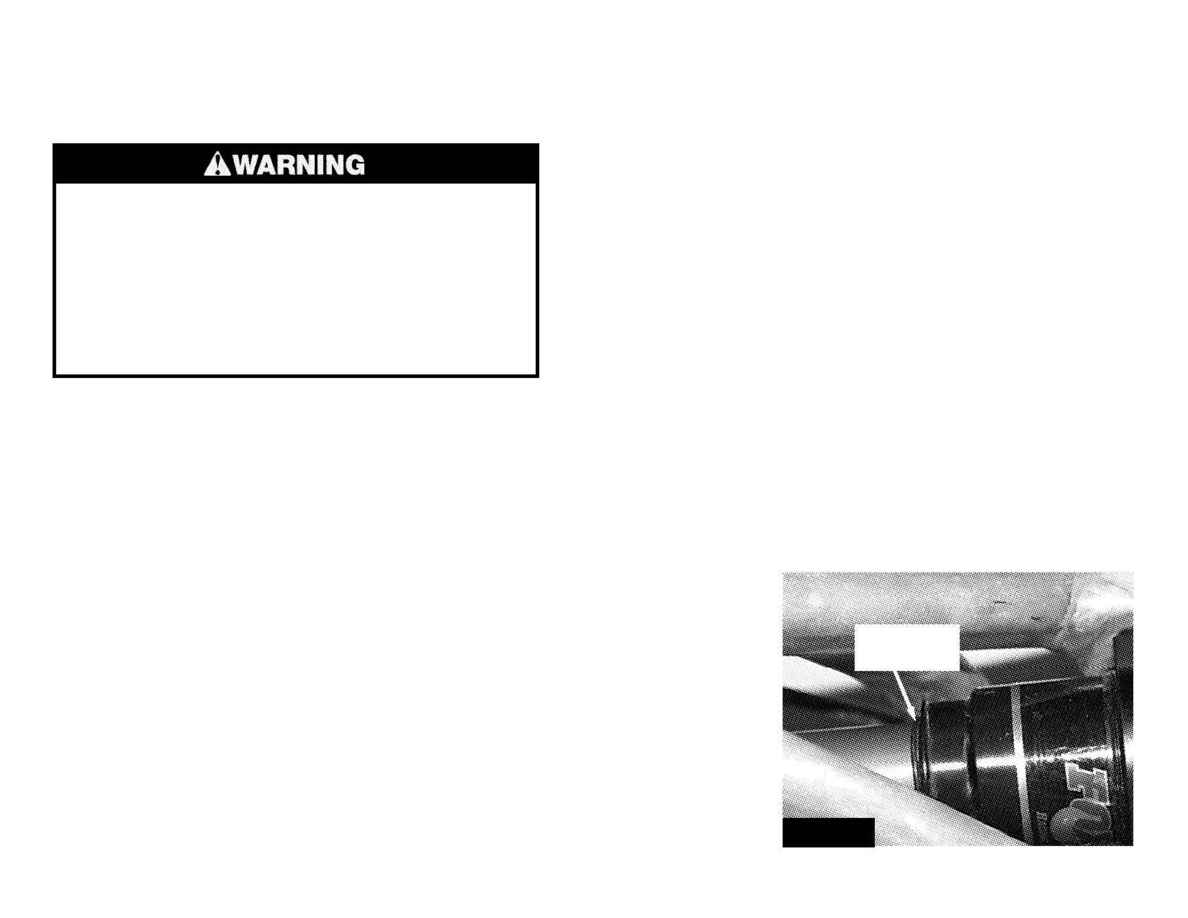
preload ring no more than two turns. Turning the preload ring clockwise
increases preload, turning it counter-clockwise lessens preload. Major
preload adjustment on coil-sprung shocks, such as re-tuning a 150-
pound rider's bike for a 225 pounder, is made by changing to a lighter or
heavier gauge coil spring. Preload and sag adjustment on air shocks,
whether minor or major, is done simply by adding or removing air from
the shock. The following steps will help you find the right settings:
1. Start coil-sprung and air-sprung shock adjustment with the rider off
the bike. On coil shocks, the preload ring should be threaded just tight
against the spring. On air shocks, first clean any dirt from the area
around the Schrader valve. Then use a high-pressure pump (with
gauge) to add air pressure equal to the rider's weight in p.s.i. If you can't
easily access the Schrader valve to be able to attach a high pressure
suspension pump, loosen the shock lock ring using a Park red pin
spanner tool, place a 13mm wrench on the forward end of the shock
body, and rotate the valve to an accessible position (see "Jekyll
Geometry Adjustment" above for details on this procedure).
2. While off the bike, fully compress the rear suspension once. Then
slide the shock wiper o-ring (or use a small zip tie) up the shock body (air
shock) or shaft (coil shock) so that it contacts the air sleeve or shock
body (see Fig. 6).
3. Gently get onto
the bike and
assume your
normal riding
position. Be sure
your weight is
distributed
between the seat,
pedals, and
handlebar as it is
when you ride. It's
important not to
bounce while
geometry adjustment will put an out-of-position front derailleur into
contact with the outer chainring. In contrast, checking front derailleur
adjustment when decreasing angles/lowering the bottom bracket will
benefit shifting but is not critical.
JEKYLL REAR SUSPENSION PRELOAD ADJUSTMENT
Cannondale Jekylls use uniquely designed shocks to provide 130mm of
rear wheel travel. (Note that some coil-sprung rear shocks with 1.5 inch
stroke have 110mm of rear travel). To get the best performance from
the rear suspension, shock preload should be adjusted to suit the
rider's weight.
Sag and Preload Adjustment: All types of rear shock involve some
amount of preload adjustment. Preload directly affects the amount of sag
you get out of the shock. Sag is a measure of how much shock travel
you use when gently compressing the suspension using only your body
weight, and is essential for adjusting the bike to your weight and riding
style. Correctly sagging your rear suspension allows the shock to remain
active in the middle of its travel, rather than constantly topping or
bottoming out.
Setting preload and sag on coil-sprung shocks is accomplished by
tightening the spring preload ring (minor adjustments) or by changing
spring weight (major adjustments). Minor adjustments, meaning those
made for the sake of ride tuning, are made by tightening or loosening the
If the Jekyll's rear shock is moved to a more rearward position in
the frame's pivoting collar, the front derailleur position must be
checked before riding. If the front derailleur catches on the
chainring teeth, you could damage or destroy your front
derailleur. You also risk a serious crash, which could cause injury
or death. If you do not understand and have experience with the
above procedure for adjusting the front derailleur, please see an
authorized Cannondale retailer.
Fig.
Fig.
6
6
5
Shock Wiper
O-Ring
16
17
